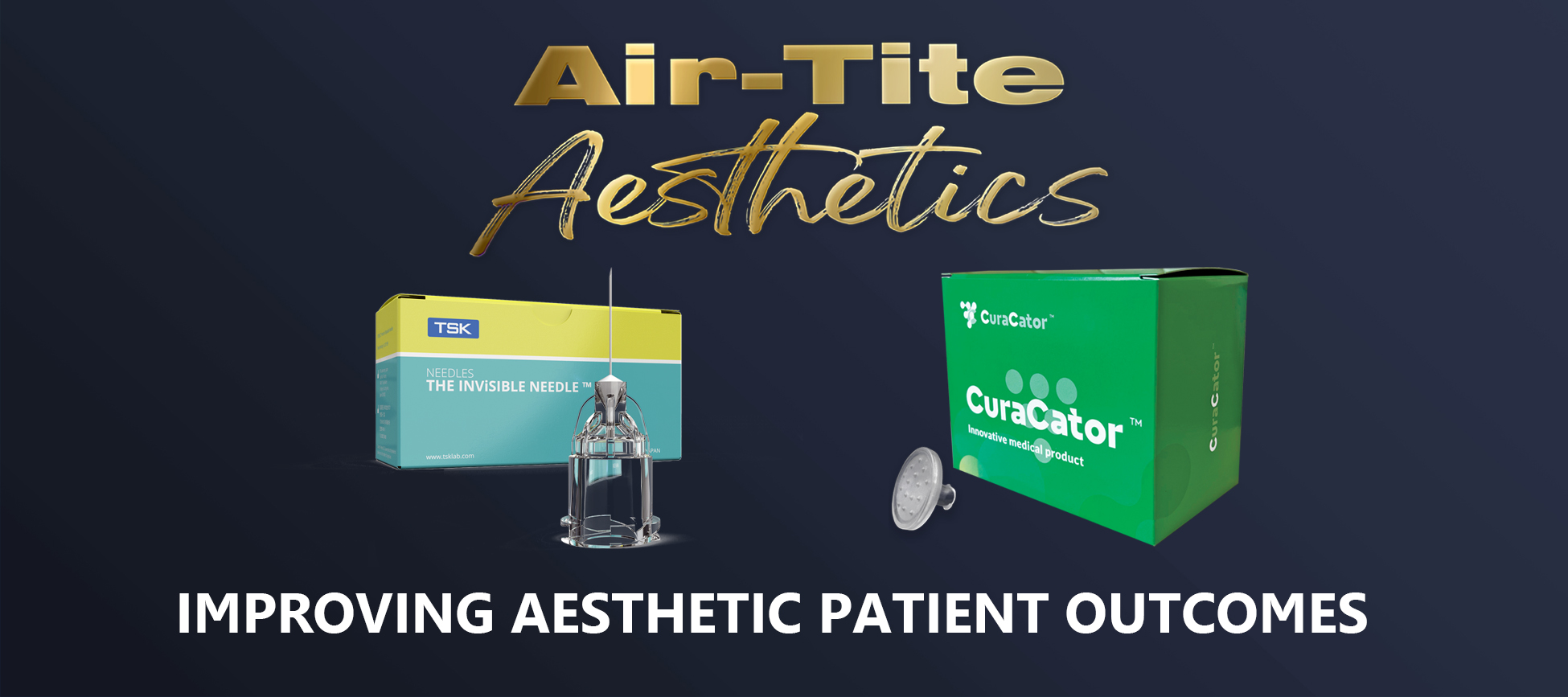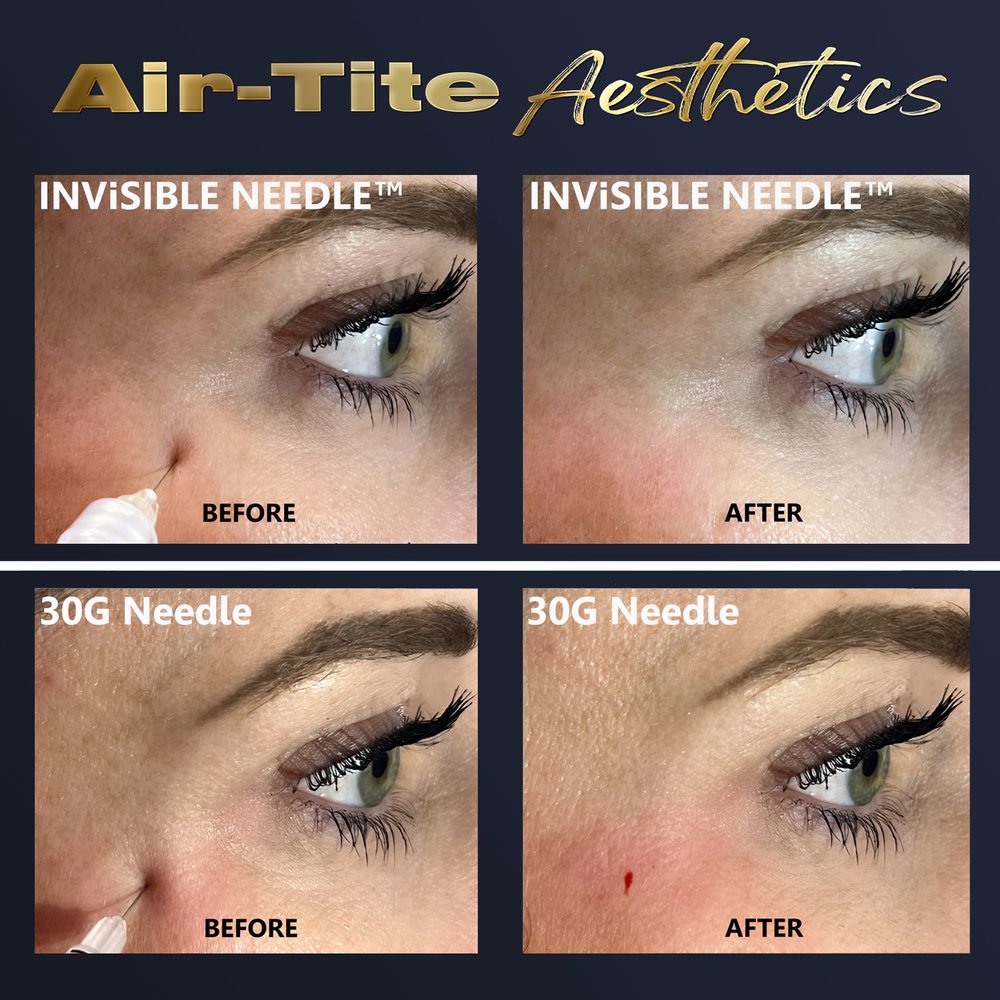
Patient satisfaction is a top priority for any successful aesthetics business. Most patients are searching for that happy medium between natural-looking results and a visible change. To strike this balance, aesthetics providers must make skillful decisions beginning in their initial assessment and following through the recovery and maintenance phase post-treatment.
After undergoing a minimally-invasive cosmetic procedure, patients want to appear as a more youthful and rested version of themselves. Unfortunately, overfilled and frozen faces still plague the aesthetics industry, as improper techniques and products leave patients with subpar results. Here are some practical tips to ensure stellar outcomes that keep your services in high demand.
Patients eager to make a change may ask for dramatic results. But, first, it’s important to counsel new clients about the benefits of starting slow when using injectables. Although temporary or semi-permanent fillers are more forgiving than more permanent options if the patient is unsatisfied with their initial results, it is much easier to repeat or add-on to a procedure than to revise an overdone area. It tends to be better to have a patient feel underwhelmed by the effects of treatment than upset over a botched procedure.
Start by advising first-time patients to treat one location at a time. It may be tempting to tackle several areas at once, but gradual changes give the provider and patient more control, as you can see how everything develops after recovery. For example, it’s common practice to give neurotoxins two weeks to settle before performing more injections.
Understanding skin thickness variations is paramount to achieving the best results with injectables. The thinnest skin (0.4mm) is found around the eyes, while the forehead and cheeks are much thicker (1.2mm). Injecting at the optimal depth not only prevents complications but also extends the longevity of the treatment and helps achieve the desired effect. For instance, superficial injections offer tightening effects, but deep-plane injections are ideal for enhancing natural volume and tissue projection.
Injections should not require pressure and must be administered slowly after aspiration. Blunt cannulas are helpful in some high-risk regions (like the nose) to prevent vessel injury, but otherwise, small-caliber needles enable slower injections.
Even the most skilled aesthetic professionals will likely face complications at some point. Fortunately, if you can get ahead of the problem, you can minimize the impact on your patient’s quality of life and aesthetic results, along with your professional reputation.
Most complications are preventable with a sterile environment and a strong understanding of facial anatomy. To reduce the risk of vascular occlusion, clinicians must map out vascular landmarks when planning facial filler treatment.
While some bruising, swelling, and redness may be challenging to avoid in the initial stages of recovery, patients should be instructed to abstain from alcohol and sun exposure around the time of their procedure.
Following hyaluronic acid filler placement, bluish skin areas that don’t fade like a normal bruise may signify the Tyndall effect. A firm massage at the time of treatment and in the early stages of recovery can help prevent the Tyndall effect, but sometimes filler removal is required.
Taking the time to explain the risk of complications before any procedure thoroughly helps manage patient expectations. As a provider, selecting clients who are good candidates for specific treatments is crucial, as is advising others to steer clear of procedures that aren’t a good fit.
The more proactive steps you can take to protect and inform your patients, the more likely they are to be satisfied with the experience.

Finally, choosing the right products will go a long way toward ensuring your patient outcomes are optimal. Whether it's using the new CuraCator™ to apply serums and creams after skin procedures or selecting the INViSIBLE NEEDLE™ to ensure patient comfort during injections, the products you use directly impact your patient outcomes and experience.
We invite you to access our full line of aesthetic products by clicking the button below. Or feel free to reach out to our team with questions.
Vitenas P. American Society of Plastic Surgeons. How can you get injectables without looking overdone?. March 6, 2020.
Vedamurthy M. Beware What You Inject: Complications of Injectables-Dermal Fillers. J Cutan Aesthet Surg. 2018;11(2):60-66. doi:10.4103/JCAS.JCAS_68_18
Arsiwala SZ. Simplifying Injectables for Volumetric Rejuvenation of Face. J Cutan Aesthet Surg. 2018;11(2):51-59. doi:10.4103/JCAS.JCAS_67_18
King M. Management of Tyndall Effect. J Clin Aesthet Dermatol. 2016;9(11):E6-E8.